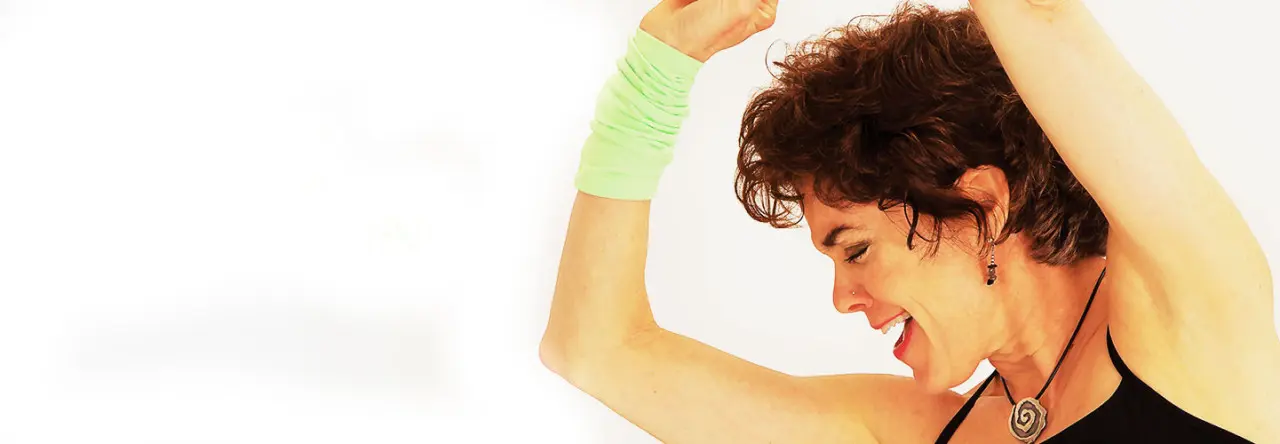When I first wake up in the morning, I do a body scan, begin stretching and ask my knees how they are feeling.
At the young age of 18, I was dancing in a performance and leapt in the air, coming down at the wrong angle and throwing my patella (the kneecap) to one side. At that time in medical history, doctors performed knee surgery that left a huge, long scar, so I chose to forgo surgery. More than 30 years later, through my daily Nia practice, I continue to bring awareness to my healing, consciously activating sensations of strength, flexibility and stability to keep my knee healthy.
The anatomy of the knee involves a fascinating combination of bones, muscles, ligaments, tendons and connective tissue that all weave together to support the overall structure. The knee is made up of four bones. The femur, which is the large bone in the thigh, attaches via ligaments to the tibia. Just below and parallel to the tibia is the fibula. The patella rides on the knee joint as the knee bends. The knee muscles, which go across the knee joint, are the quadriceps and the hamstrings. The quadricep muscles are located on the front of the knee, and the hamstrings are found on the back of the knee.
There are four ligaments that are equally important in the knee, because they hold the joint together. Most often, injury occurs in the ligaments when they are pushed beyond their range of motion. Tendons and connective tissue also support the overall structure of this complex joint.
Our knees are amazing, pliable joints that transfer energy from one set of bones to another. They may look like simple joints, yet they are some of the most complex, and are more likely to be injured than any other joint in the body. We tend to ignore our knees until something happens to them, yet daily care can keep our knees strong and agile. By listening to our knees, honoring their design and keeping them healthy and strong, they will support us in our daily dance for a lifetime.
If you find yourself needing knee surgery or a knee replacement, know that many in our community of movers have experienced the same issues, and with the help of Nia, they have returned to class strong, agile and joyful!
Adelle’s tips:
- Start your day with the Nia 5 Stages. Roll around on the floor in Embryonic, reaching out and in, using your arms and legs to activate your joints. Creep like a lizard, and sense the action of your knees. Gently push up to all fours and crawl like a bear, imagining your knees are feet. Walk your hands back to one side as your spine becomes vertical, and feel the stability of your knees as you shift your body weight from one foot to the other. Then push down into the earth to rise, and walk on the balls of your feet for a few steps as you reach high, sensing both the strength and flexibility of your beautiful knee joints. As your heels descend, let them lead you into walking and bring an awareness to your knees–magnificent hinge joints that carry you through your day!
- Spend one minute per day getting up and down from the floor. This simple action activates all 13 main joints and will help keep your knees stay flexible, strong and stable.
- Walk on the beach, sensing the warm movement of the sand under your feet and the gentle waves shifting the earth as your knees adjust to the movement.
- As you dance in class, visualize your knees as sponges and imagine gently squeezing water out of them as you move.
- Read about your knees in books and online. More self-knowledge will bring greater appreciation and awareness to their impressive and intricate design.
From this month’s NiaNow newsletter: Click here to read entire article

